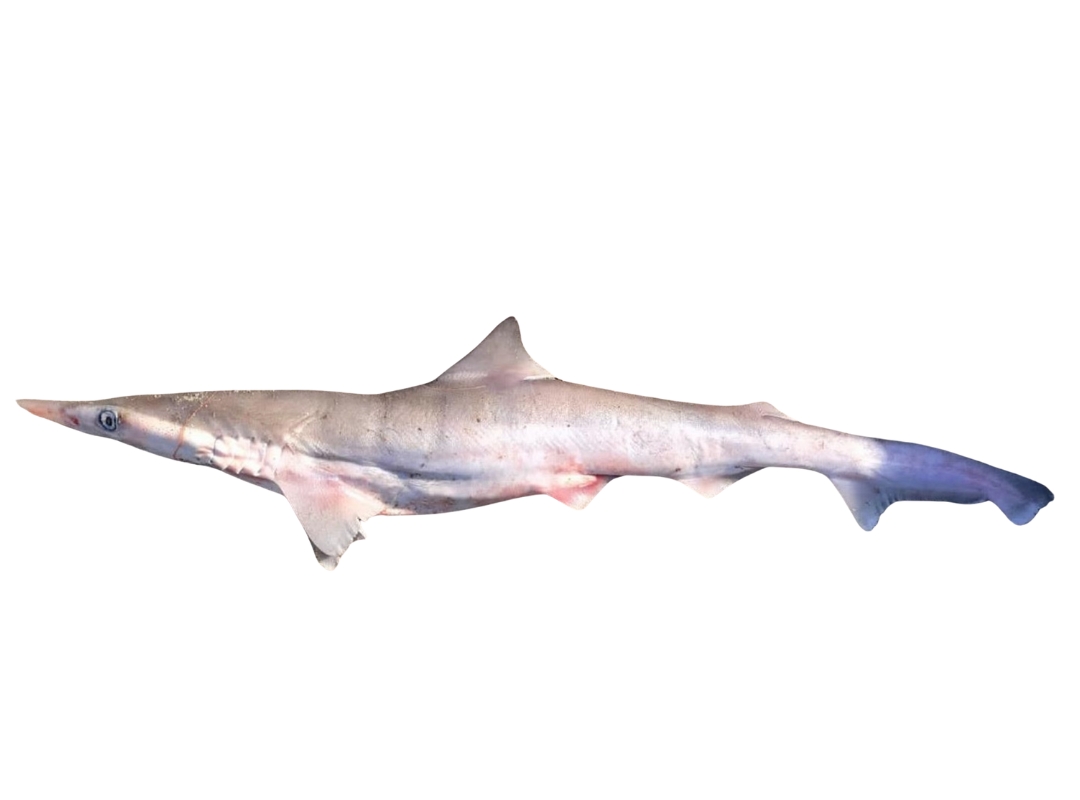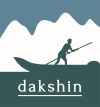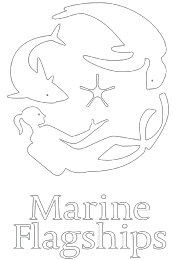Species Name
Spadenose Shark
Scientific Name
Scoliodon laticaudus
Family Name
Carcharhinidae
IUCN Status
Near Threatened
Snout very long and spade-like; first dorsal fin behind pectoral fins, its free rear tips over pelvic fin mid-bases; anal fin much larger than the second dorsal fin; caudal fin hing margin shallowly concave; no interdorsal ridge
Biology
Length: The spadenose shark, Scoliodon laticaudus, can reach a maximum length of around 1.2 to 1.5 meters (approximately 3.9 to 4.9 feet)
Gestation period: 5 to 6 months
Littter size: Young are born throughout the year an dlitter sizes are 6 - 20, with a mean of 13.
Life Expectancy: Maxium reported age is 6 years.
Diet: They are known to have a diet that mainly consists of small fish, crustaceans, and cephalopods.
Habitat and Distribution
Habitat: Scoliodon laticaudus is typically found in shallow coastal waters and estuaries. It prefers areas with sandy or muddy bottoms, coral reefs, and seagrass beds. These sharks are known to inhabit both inshore and offshore environments, but they generally remain close to the shoreline.
Distribution: The spadenose shark has a wide distribution in the Indo-West Pacific region. Its range spans from the eastern coast of Africa, including the Red Sea and the Indian Ocean, to Southeast Asia, including the Philippines, Indonesia, Malaysia, and northern Australia.
Known landing centres: Digha Mohana, Royapuram Fishing Harbour, Cuddalore Fishing Harbour, Nagapattinam Fishing Harbour, Mora, Karanja, Malim, Betul, Cochin Fisheries Harbour, Junglighat, Burma Nallah, Satpati,Veraval, Mangrol, Porbander, Okha, New Ferry Wharf, Sassoon Docks and Versova.
Depth: The spadenose shark is known to occur at different depth ranges, primarily depending on its geographical location. It can be found in shallow coastal waters close to the surface, as well as in deeper offshore waters.
Commercial Value
The meat of this species is often sold fresh for human consumption at local markets across the region. In India. The meat is cut into fillets, dried, and salted for domestic sales or tradewith neighbouring countries. Fins are considered valuable due to their small size but are still traded internationally.
Threats
This species is commonly taken in fisheries throughout the Indian Ocean. Fisheries that catch this species are often small-scale artisanal fisheries, although some trawl fisheries are carried out by commercial and foreign vessels. In India, the fishing effort on this species has been increasing in recent years.
References
- Devadoss, P (1979) Observations on the maturity, breeding and development of Scoliodon laticaudus Muller and Henle off Calicut coast. Journal of the Marine Biological Association of India, 21 (1 & 2). pp. 103-110.
- Devadoss, P (1989) Observations on the length-weight relationship and food and feeding habits of spade nose shark, Scoliodon laticaudus Muller and Henle. Indian Journal of Fisheries, 36 (2). pp. 169-174.
- Devadoss, P (1998) Growth and population parameters of the spade nose shark, Scoliodon laticaudus from Calicut coast. Indian Journal of Fisheries, 45 (1). pp. 29-34.
- Mathew, C Joseph and Devaraj, M (1997) The biology and population dynamics of the spadenose shark Scoliodon laticaudus in the coastal waters of Maharashtra State, India. Indian Journal of Fisheries, 44 (1). pp. 11-27.
- Mohamad Kasim, H (1991) Shark fishery of Veraval coast with special reference to population dynamics of Scoliodon laticaudus (Muller Andhenle) and Rhizoprionodon acutus (Ruppell). Journal of the Marine Biological Association of India, 33 (172). pp. 213-228.
- Nair, K Prabhakaran (1976) Age and growth of the yellow dog shark Scoliodon laticaudus Muller and Henle from Bombay waters. Journal of the Marine Biological Association of India, 18 (3). pp. 531-539.


Related Species
- Tiger Shark
- Silky Shark
- Blacktip Reef Shark
- Common Blacktip Shark
- Spot-tail Shark
- Milk Shark
- Bignose Shark
- Blackspot Shark
- Blue Shark
- Broadfin Shark
- Bull Shark
- Dusky Shark
- Ganges Shark
- Graceful Shark
- Grey Reef Shark
- Grey Sharpnose Shark
- Hardnose Shark
- Sliteye Shark
- Silvertip Shark
- Sharptooth Lemon Shark
- Sandbar Shark
- Pondicherry Shark
- Pigeye Shark
- Oceanic Whitetip Shark
- Irrawaddy River Shark
- Speartooth Shark
- Spinner Shark
- Whitecheek Shark
- Whitetip Reef Shark

